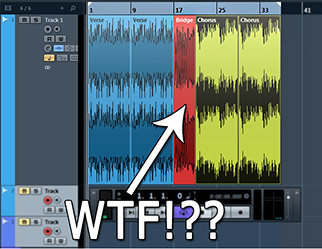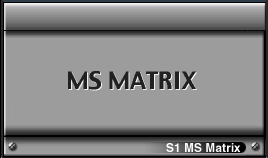Listening fatigue is a concept familiar to almost anyone with longterm mixing experience. Even if you are not familiar with the term, chances are you have experienced it in your music making journey. It is often subtle (you have trouble determining what is wrong with your mix) and insidious (you think your mix is going great only until coming back to it with fresh ears, realizing the balance is way out of whack). But, no matter the case the result is always the same: lost time and energy, and shitty sounding mixes.
Listening fatigue is technically considered a physiological “problem” with the inner ear or the brain while being exposed to constant, repetitive frequencies (especially those with loud amplitude, percussive envelopes, or saturated mids). Due to the nature of music mixing, there is no escaping the fact that you will have to keep listening to looping portions of your recorded material over and over again, although determining the precise moment you reach diminishing returns, despite the more time spent, is difficult to gauge.






